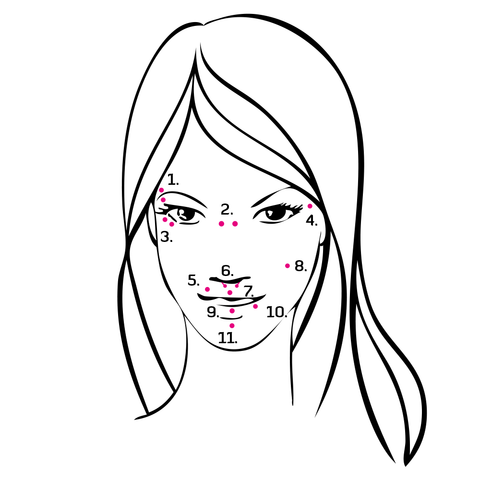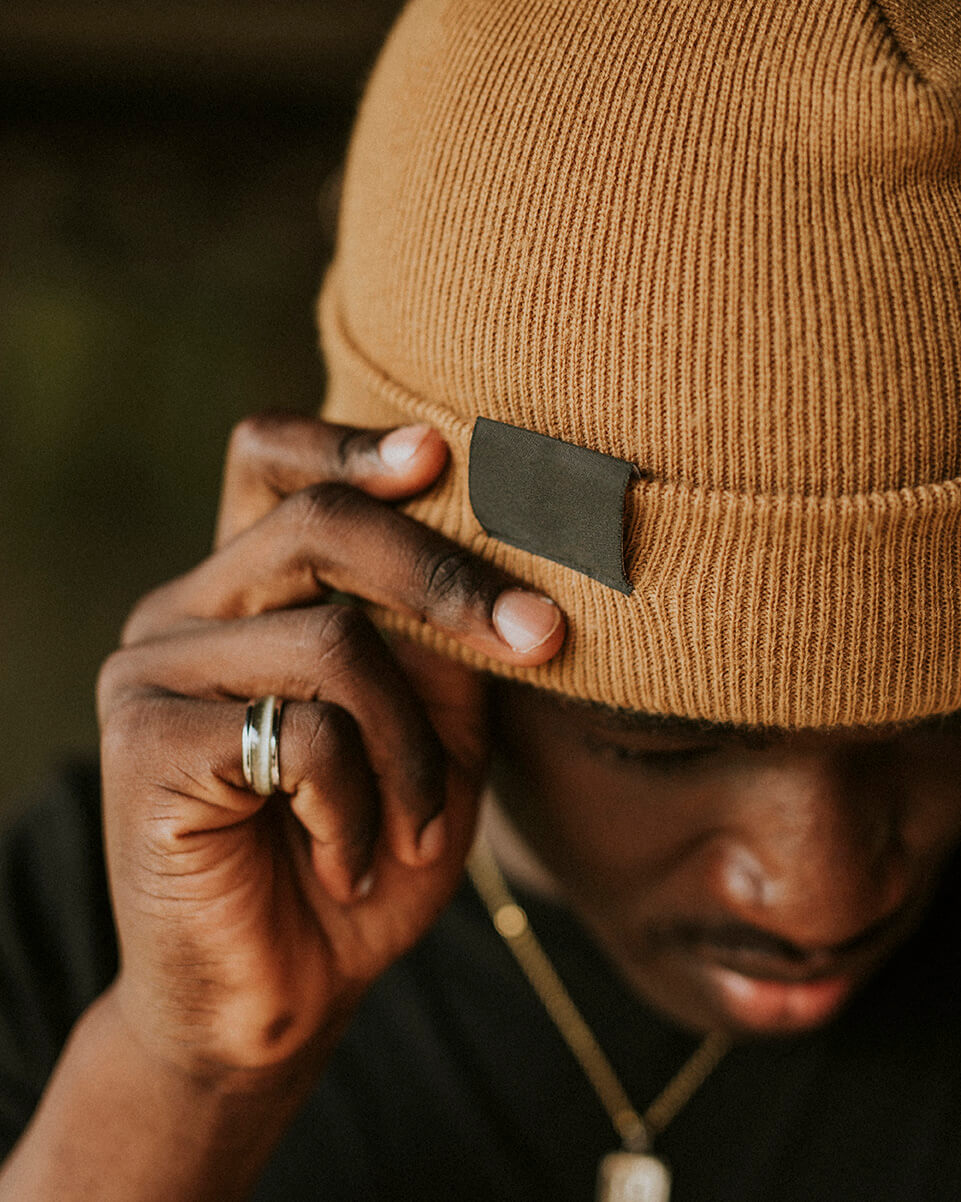Piercing jewelry
In our online shop you will find a wide range of different piercing jewellery. The material used for our jewellery is the so-called surgeon's steel, 316L steel and G23 titanium. We also offer jewellery made of wood, bioplastics and acrylic.
The piercing jewellery in our online shop is grouped according to the type of jewellery, such as a ring, pin or horseshoe, and the location of the piercing, such as nose, navel, lip. You can browse products for the piercing you want, or search directly for a specific model of jewellery for the piercing you want. You can sort the jewellery by material, size and stone colour.
Our customer service team will be happy to help you choose the right jewellery, so please feel free to ask if something comes to mind.
Piercing with a piercing needle
A piercing needle is one of the most common methods of piercing the skin. It is a traditional method that has been used for centuries in different cultures and communities. Piercing with a piercing needle is done as follows:
- The first step is to choose a reliable and skilled piercer. It is important to ensure that the piercer follows all the rules of hygiene and safety.
- The piercer takes a sterile needle from a sealed package and prepares the piercing area. This includes disinfecting the skin and covering it with a sterile dressing or other protective material.
- The piercer measures and marks the piercing area. This is important so that the piercing is in the right place and in the middle of the skin.
- The piercer inserts the needle into the piercing area and makes a hole. This is usually done by hand, but in some cases a needle holder or other aid can be used.
- Once the hole is made, the piercer places the sterilised jewellery in place. This is usually done by placing the jewellery on the end of the needle and pushing it through the hole. Please note that the jewellery for the first piercing must meet the stricter nickel dissolution limit of 0.2 μg/cm2/week. Such materials include G23 titanium and 925 silver.
We always recommend choosing a reliable and professional piercer to ensure that your piercing is safe and successful. Piercing with a piercing needle also requires careful care and follow-up afterwards to minimise the risk of infection.
Changing the piercing earring
Changing a piercing earring is not difficult and is easy to do yourself. However, it is important to remember that piercings are health and hygiene sensitive, so they require special care and appropriate equipment.
If you decide to change the piercing yourself, it is important to follow these instructions:
- Wash your hands thoroughly before you start.
- If the new jewellery is not sterile-packed, clean it carefully before you start. If the jewellery is not sterilized, do not use a new sterilizer unless it has not been sterilized.
- If you need to use pliers or other tools to replace the jewellery, clean them carefully before use.
- Make sure that the piercing is healthy and cleaned thoroughly before replacing the jewellery.
- Replace the piercing with care and attention. Avoid damage to the piercing caused by the pull or weight of the jewellery.
- Clean the area around the piercing again carefully and monitor the skin's reaction to the new jewellery.
Remember that you should always consult a specialist when changing your piercing jewellery, so that you can get further information and advice if necessary.






































